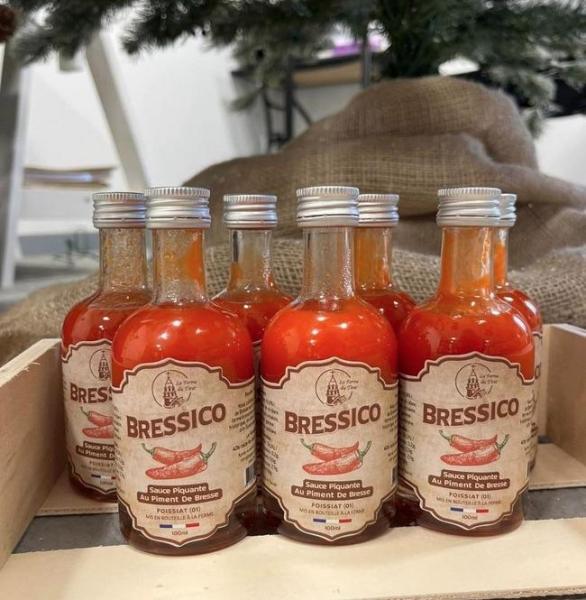- Read offline
- Remove ads
- Access all content
- Use the in-app Map to find sites, and add custom locations (your hotel...)
- Build a list of your own favourites
- Search the contents with full-text search functionality
- ... and more!
piment de Bresse
recently rediscovered chilis
First mentioned in the 14th century, the fruity, mildly spicy hot Bresse pepper was originally called poivre rouge de Bresse when it was grown as a replacement for expensive black pepper imported from the Indies.
It is a little rounder and shorter than its cousin, the piment d’Espelette, but is just as red. It comes from Auvergne-Rhône-Alpes, and in the 19th century was used to add more ooomph to an already powerful cheese called pourri bressan (literally ‘Bresse’s rotten one’) except it died out there at some point.
So in the 2010s, Lyonnais chef Christian Têtedoie, who was keen to use local ingredients, including the légumes oubliés, the forgotten ones, had to go to the Vavilov Institute in St. Petersburg, where the famous botanist Davidoff created the fourth largest seed bank in the world.

Within a couple of years the chili plants were doing splendidly, and have the great advantage of needing next to no care. Today they are cultivated back in their home region, notably in the Ain, where the Ferme de Tiret bottles a spicy hot sauce called Bressico in red and green versions.
Images by Ferme de Tiret, freca

